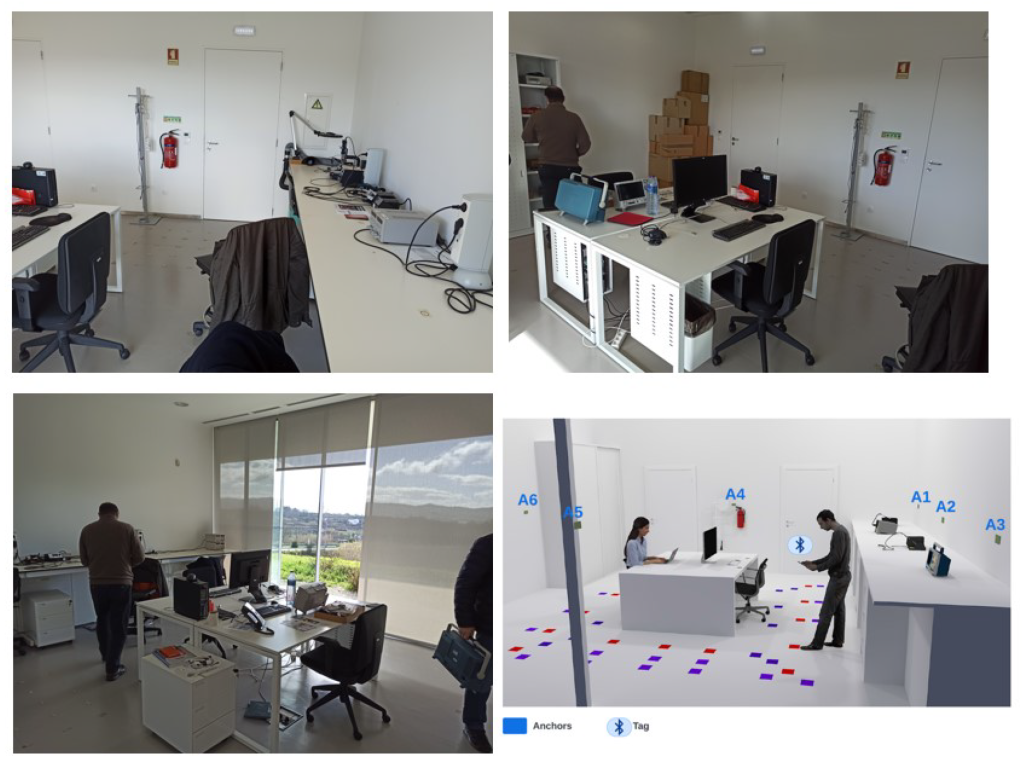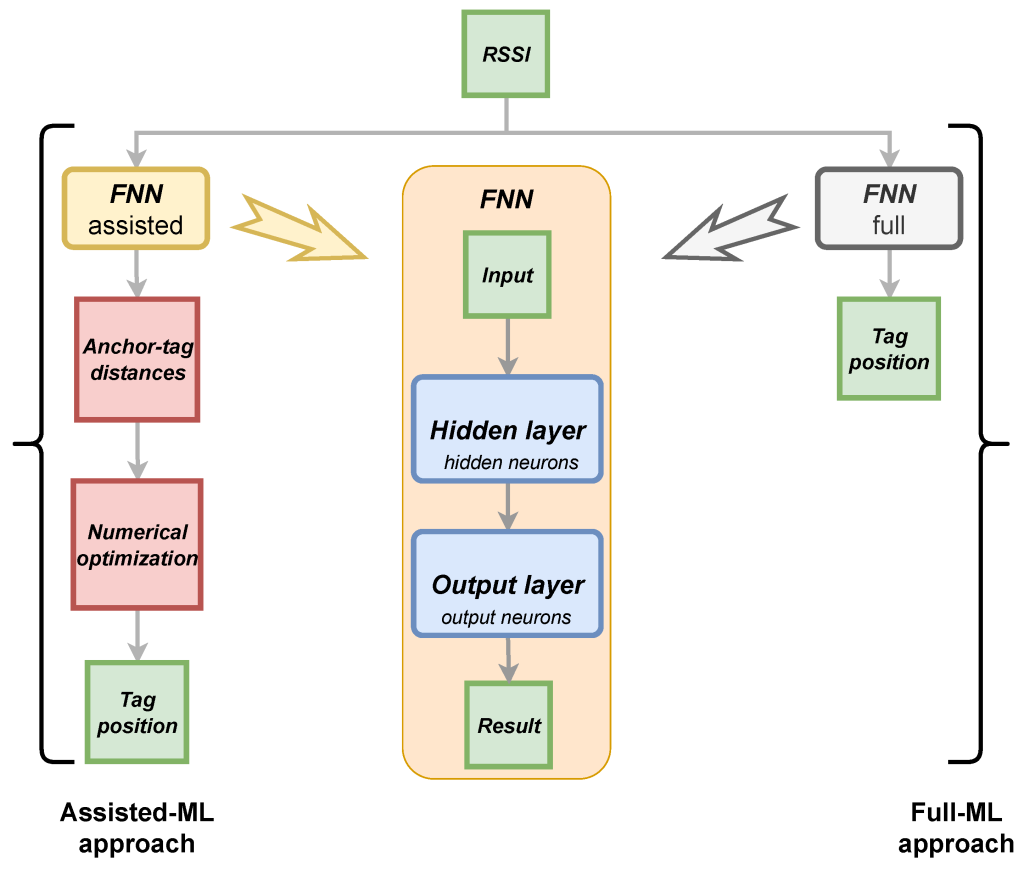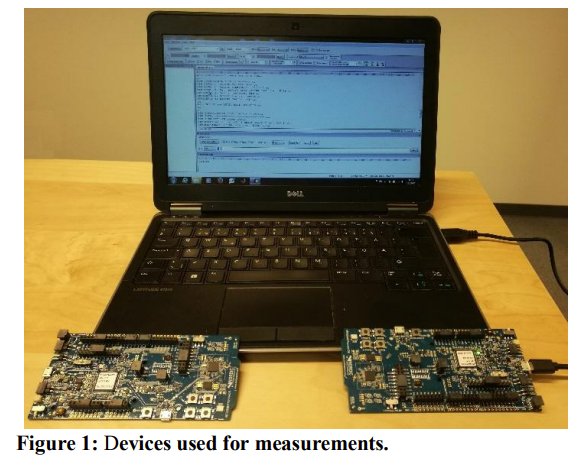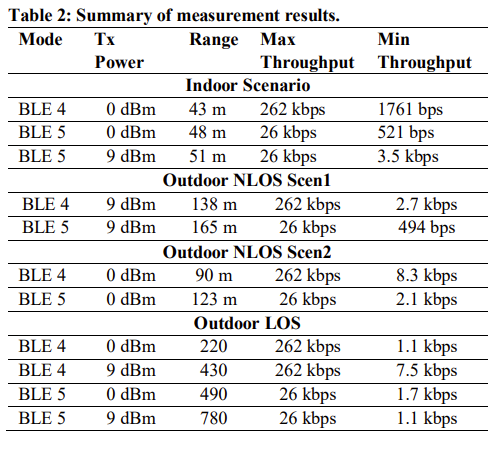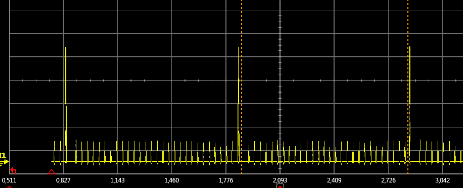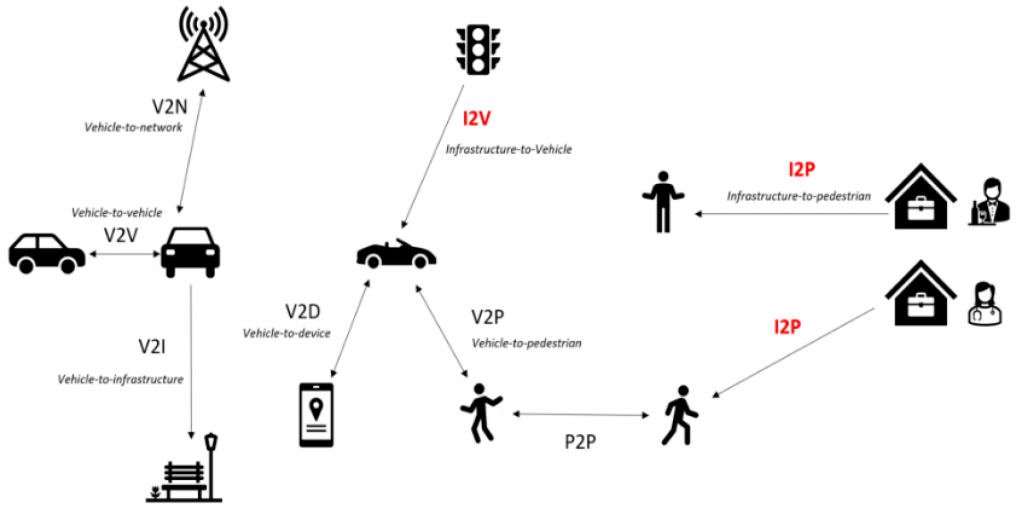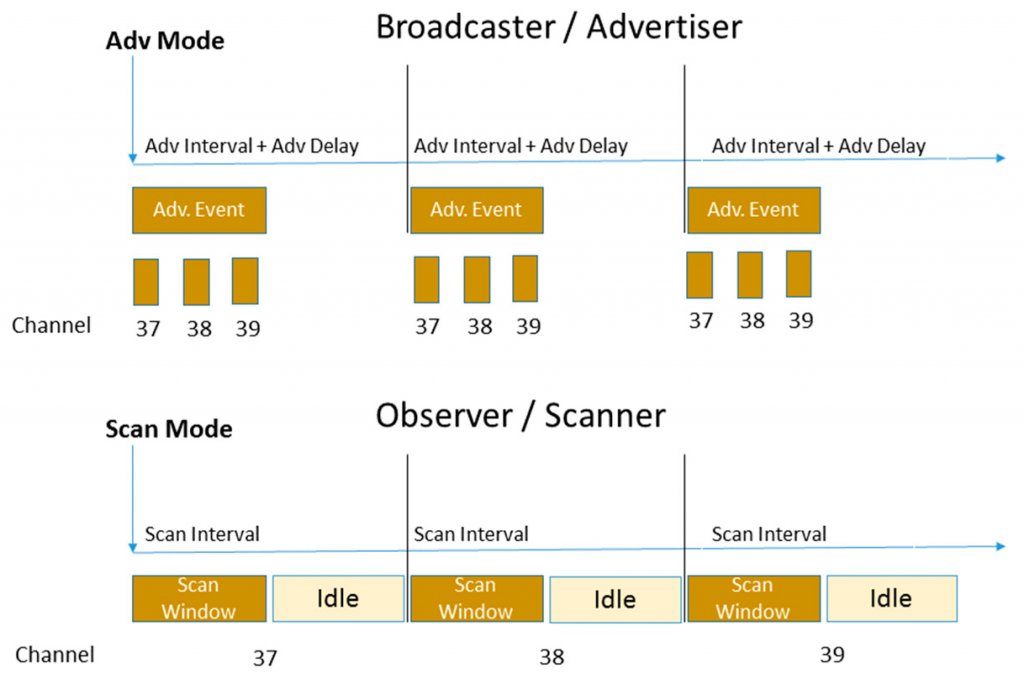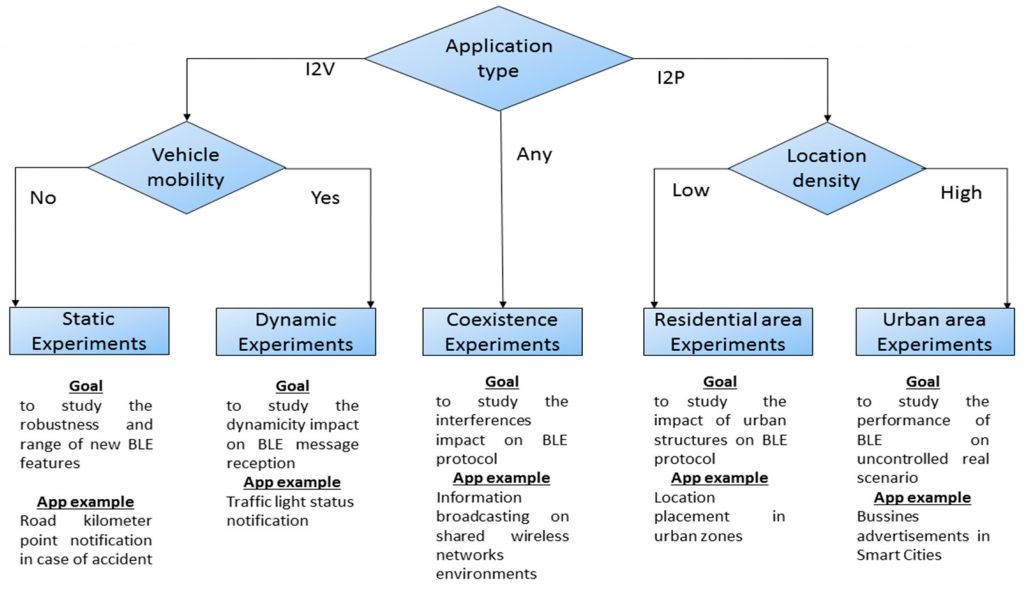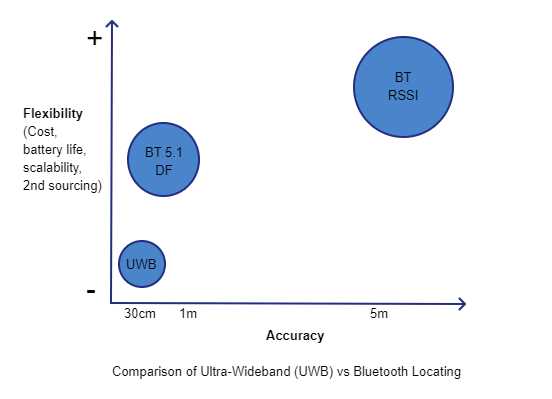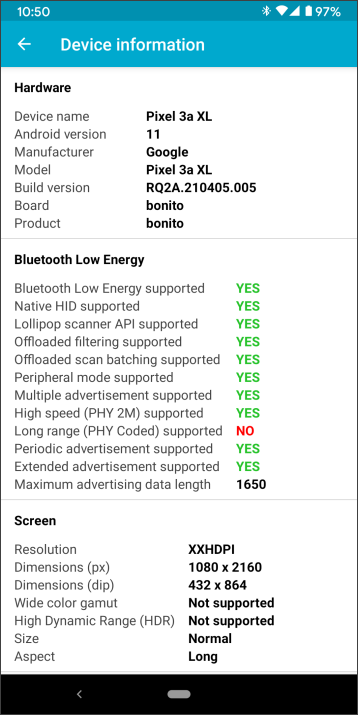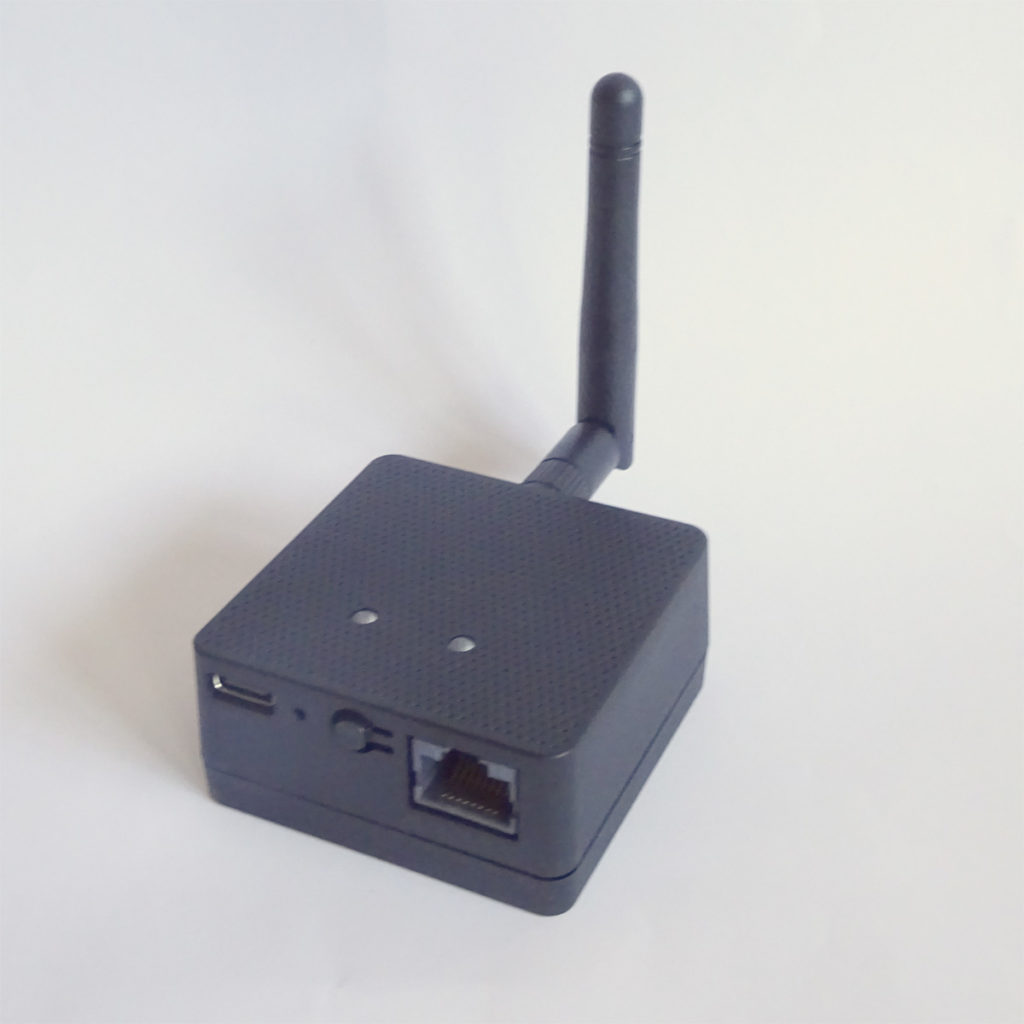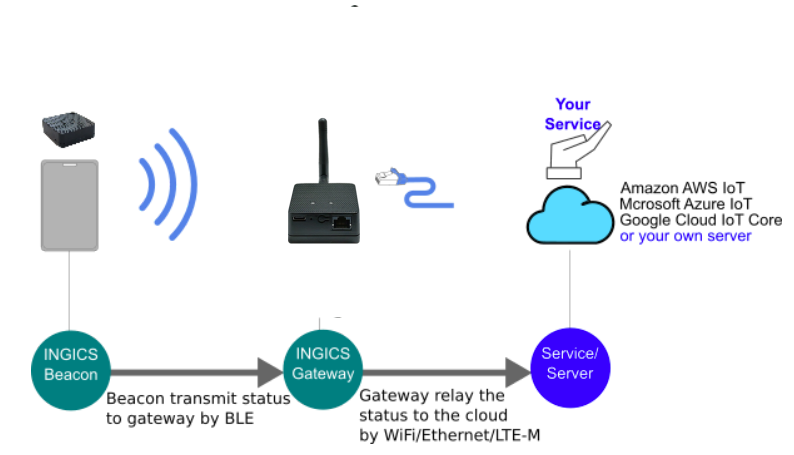When it comes to wireless connectivity, Bluetooth and WiFi are two of the most widely used technologies. While they serve different purposes, they share some similarities in terms of range and frequency usage. Typically, Bluetooth has similar range as WiFi. Standard Bluetooth connections and WiFi can reach up to 50 meters depending on reflection and blocking.
While standard Bluetooth and WiFi devices have limited ranges, there are special Bluetooth beacons designed for extended range capabilities. These beacons can achieve ranges that surpass typical WiFi connections, sometimes reaching up to 4Km. This extended range is achieved through the use of higher power outputs and additional signal amplifiers. However, it’s important to note that the more extreme long-range beacons are specialised devices requiring power via USB rather than battery and are not representative of typical Bluetooth functionality.
Bluetooth 5 brought significant improvements to the technology, including the potential for extended range. Theoretically, Bluetooth 5 can achieve ranges up to four times that of previous versions in ideal conditions. However, it’s important to understand that most Bluetooth beacons, even those supporting Bluetooth 5, don’t usually utilise these extended range capabilities. This limitation is primarily due to compatibility issues with smartphones.
Most smartphones on the market today don’t support the long-range features of Bluetooth 5. As a result, beacon manufacturers often choose not to implement these extended range capabilities to ensure their devices remain compatible with the widest range of smartphones possible. This decision prioritises broad compatibility over the potential for increased range.
